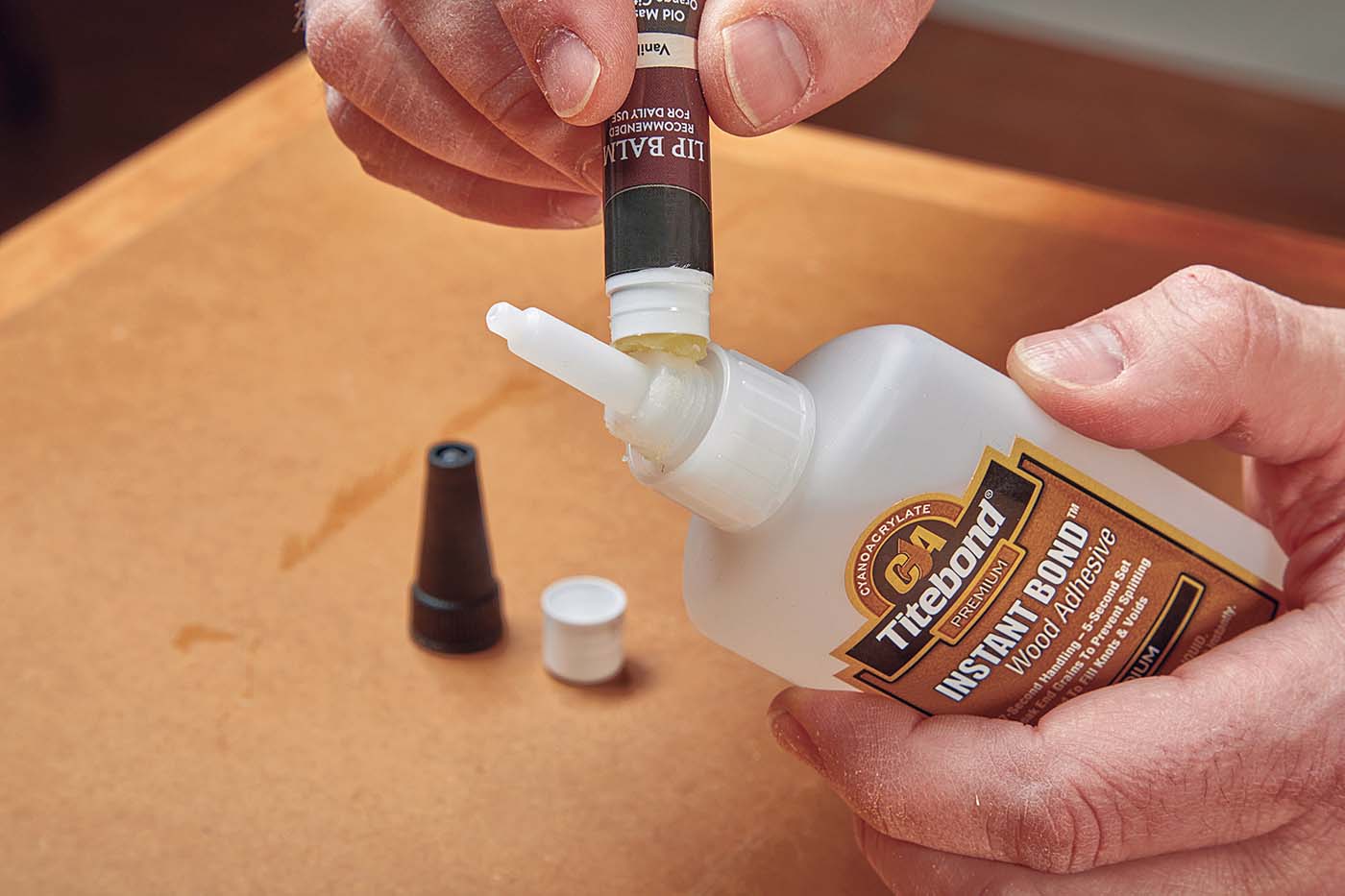The photo you see here shows a simple tip I’ve been using for years. To find the center of a piece, don’t fuss around with calculating half of an odd dimension. Instead, simply tilt the tape measure or rule until the opposite end or edge of the workpiece lines up with a whole number (such as 8"). Then you can mark the center much more easily (right at 4" in this example).

In my shop, I’ve come to rely on a hook rule for project part layout. The reason is simple: With a standard rule, you’re still often guessing as to whether or not you are truly lined up with the end or edge of the board. The hook rule takes this guesswork out of the equation by letting you hook right to the end or edge of the piece.

When measuring inside a drawer or cabinet, the tendency is to bend the tape into a corner, which can create inaccuracy. Instead, I like to measure to a fixed dimension (like 10"), and then measure back to that from the other side. Then simply add the two numbers together to get the total dimension. This results in a more accurate measurement.

When you’re getting ready to make a cut, use the same measuring device to both mark the workpiece and to set up the tool itself for the cut. For example, I’ll always use my steel rule to set the distance from the table saw blade to the rip fence.












